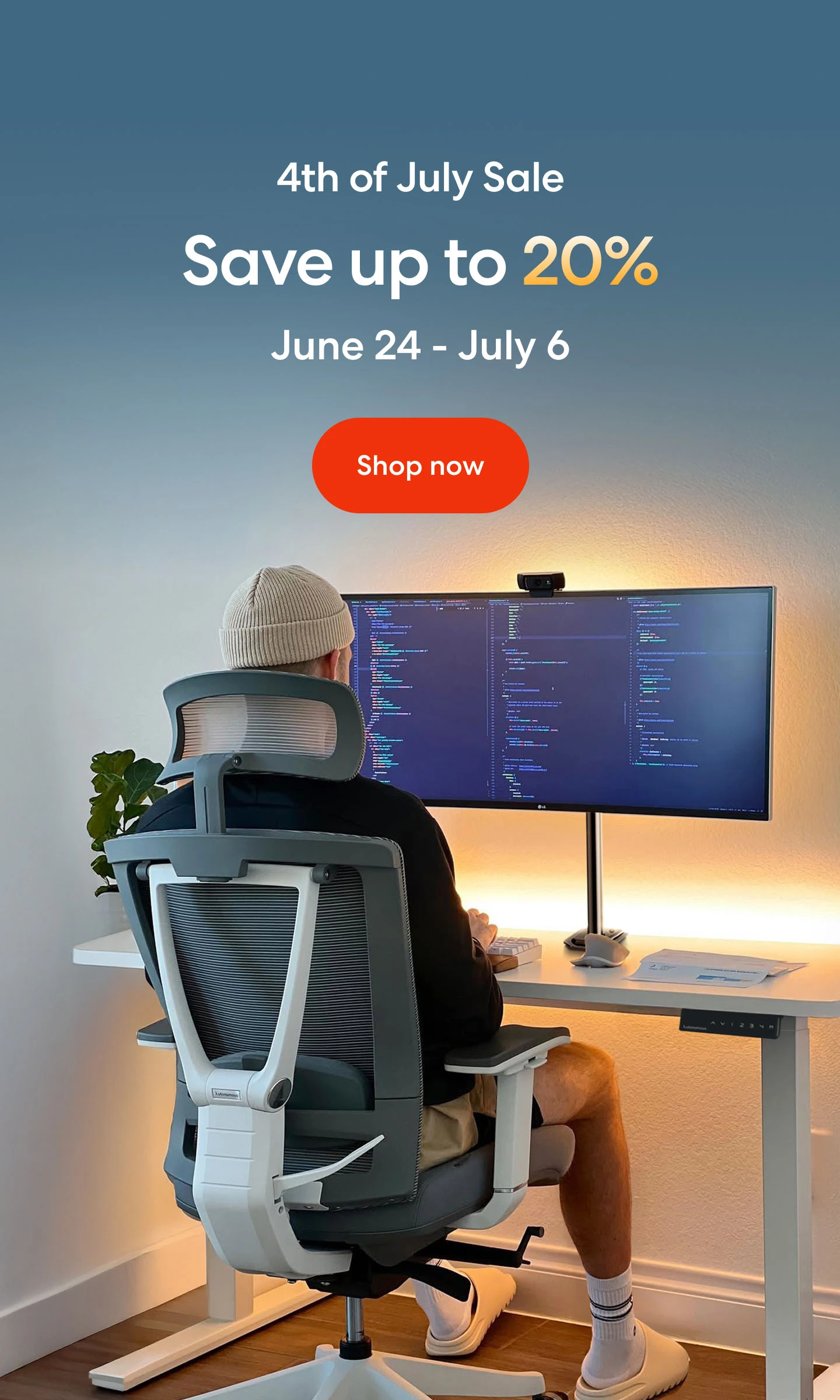
Exercises to Ease Sciatica Buttock Pain: Strengthening & Stretching
Table of Contents
Sciatica buttock pain affects millions worldwide, causing discomfort and hindering daily activities. In this comprehensive article, we delve into the causes of sciatica buttock pain, exploring its origins and triggers. We then provide valuable insights on effectively relieving this condition, sharing practical tips and exercises for pain management. Note: we also suggest using the best recliner for back pain.
By the end of this article, you will have gained a wealth of knowledge and practical solutions to help you find relief and improve your overall well-being.
What Causes Sciatica Buttock Pain?
Sciatica buttock pain is often a result of compression or irritation of the sciatic nerve, the largest nerve in the body. This pain can radiate from the lower back through the buttocks and down the leg, causing discomfort and limited mobility. Understanding the underlying causes of sciatica buttock pain is crucial in finding effective relief.
One common cause of sciatica buttock pain is a herniated disc. A disc between the vertebrae ruptures, or bulges can press against the sciatic nerve, leading to pain and inflammation. Another culprit is spinal stenosis, a condition characterized by the narrowing of the spinal canal. The narrowed space can pressure the nerve roots, triggering sciatica pain.
Sciatica buttock pain can sometimes be attributed to degenerative disc disease. As we age, the discs in our spine undergo wear and tear, losing their cushioning properties. This can result in disc degeneration, leading to nerve compression and subsequent pain.
In rare cases, sciatica buttock pain can be caused by tumors or infections in the spine. Tumors can exert pressure on the nerve roots or the spinal cord, resulting in pain. Infections, such as spinal osteomyelitis or epidural abscesses, can also cause inflammation and compression of the sciatic nerve.
How to Relieve Sciatica Buttock Pain?
1. Pillow For Sciatica Buttock Pain
A specialized pillow is one effective way to alleviate sciatica buttock pain. A sciatica pillow, such as a coccyx cushion or a wedge pillow, helps reduce pressure on the sciatic nerve while providing support and proper alignment to the spine. These pillows are designed to distribute weight evenly and relieve discomfort during prolonged sitting or lying down.
2. Stretching and Exercise
Engaging in regular stretching and exercise can significantly help relieve sciatica buttock pain. Get yourself desk exercise equipment because gentle stretching exercises that target the lower back, hips, and buttocks can help reduce muscle tension, increase flexibility, and alleviate pressure on the sciatic nerve.
To enhance pain relief and stability, incorporating sciatica buttock pain exercises that strengthen the core muscles can provide better spinal support and improved posture.
For those who spend long hours at a desk, chair stretches for sciatica offer a convenient way to relieve tightness and promote circulation without needing to leave your workspace. Additionally, understanding the best sitting positions with sciatica can help prevent nerve compression and ensure better spinal alignment throughout the day.
3. Heat and Cold Therapy
Applying heat or cold to the affected area temporarily relieves sciatica buttock pain. Heat therapy, such as using a heating pad or taking a warm bath, helps relax muscles, increase blood flow, and reduce inflammation. Cold therapy, such as applying an ice pack wrapped in a cloth, can help numb the area and reduce swelling. Alternating between heat and cold therapy and avoiding applying them directly to the skin is important to prevent burns or frostbite.
4. Posture and Ergonomics
Maintaining good posture and practicing ergonomic principles can help alleviate sciatica buttock pain. Sitting and standing with proper spinal alignment is essential, avoiding prolonged periods of sitting or standing in one position. Balance board exercises, using a back support for office chairs, and adjusting seat height and backrest can significantly reduce strain on the lower back and buttocks, promoting pain relief.
An ergonomic chair for lower back pain provides targeted lumbar support, keeping your spine in a natural curve and reducing strain on the lower back.
A reclining ergonomic chair allows you to lean back and shift weight, relieving tension in the lower back and hips.
If you need additional support, an ergonomic chair with a leg rest promotes healthy circulation and prevents stiffness in the legs.
Some users find comfort in sitting in a more flexible position—an office chair designed for cross-legged sitting offers more freedom of movement, helping reduce pressure points.
If you use a standing desk, incorporating an ergonomic stool for standing desks allows for active sitting, which keeps the core engaged and reduces stiffness.
For those specifically looking for the best office chair for sciatica, this list of top-rated options highlights ergonomic designs that provide relief and support.
5. Over-the-Counter Pain Medication
Nonsteroidal anti-inflammatory drugs (NSAIDs) like ibuprofen or naproxen can effectively reduce pain and inflammation associated with sciatica buttock pain. These medications can be obtained over the counter and used according to the recommended dosage and duration. However, it is advisable to consult a healthcare professional before starting any medication regimen.
Can Sciatica Cause Buttock Pain?
Yes, sciatica can cause buttock pain. The sciatic nerve, which extends from the lower back down through the buttock and into the leg, can become compressed or irritated, resulting in sciatica pain in the buttock and leg. The pain typically radiates along the nerve path, causing discomfort and sometimes numbness or tingling sensations.
Sciatica buttock pain can range from mild to severe and may be accompanied by lower back pain. It is important to address the underlying cause of sciatica, such as a herniated disc or spinal stenosis, to alleviate the buttock pain and associated symptoms effectively. Also, maintaining proper posture and using ergonomic support, such as the best office chair for back pain, can help reduce strain on the lower back and buttocks, relieving sciatica pain.
Exercise to Relieve Sciatica Pain in Buttock and Leg
1. Piriformis Stretch
The piriformis muscle in the buttocks can contribute to sciatica pain when it becomes tight or inflamed. Lie on your back with both knees bent to perform the piriformis stretch. Cross one leg over the other, resting the ankle on the opposite knee. Pull the uncrossed leg towards your chest until you feel a stretch in the buttocks. Hold for 20-30 seconds, then switch sides. This stretch helps alleviate tension in the piriformis muscle, relieving sciatica pain.
2. Hamstring Stretch
This is another easy sciatica buttock pain exercise that you can do. When the hamstrings are tight, the lower back and buttock muscles are strained, which may aggravate sciatica symptoms. Sit on the edge of a chair and extend one leg straight to stretch the hamstrings. To do this stretch, stand with your feet hip-width apart and bend forwards from your hips until you feel a little pull at the back of your thigh. Stretch for 20 to 30 seconds on each leg, then switch.
Consistent hamstring stretching helps alleviate sciatica-related back and leg discomfort by easing pressure on the sciatic nerve.
3. Cat-Camel Exercise
The cat-camel exercise is a light stretch focusing on the lower back and buttocks to promote mobility and comfort. To assume the all-fours position, place your hands beneath your shoulders and your knees below your hips. The cat pose is when you arch your back towards the sky and tuck your chin into your chest. Then, go into the camel posture by bending forward from the hips and elevating your head and tailbone. Slowly repeat this move, switching between the cat and camel positions several times.
The cat-camel movement helps move the spine, which leads to better balance and less back and leg pain from sciatica.
4. Seated Figure-Four Stretch
Sit on a chair with both feet flat on the floor. Cross one ankle over the opposite knee, creating a figure-four shape. Gently lean forward while keeping your back straight until you feel a stretch in the buttock of the crossed leg. Hold the stretch for 20-30 seconds, then switch sides. This chair stretches help sciatica buttock pain exercises the piriformis muscle and relieve sciatica pain in the buttock and leg.
5. Knee-to-Chest Stretch
Lay on your back and spread your legs out. Slowly bring one knee to your chest and gently pull it in with your hands until you feel a stretch in your hip and lower back. Hold the stretch for 20 to 30 seconds, then switch legs. The knee-to-chest stretch helps ease tightness in the lower back, buttocks, and sciatic nerve. This reduces pain and makes it easier to move around.
For those who sit for long periods, integrating movement-friendly workstations can be beneficial. Using a standing desk allows you to alternate between sitting and standing, helping to reduce nerve compression and encourage healthy posture. To make the most of it, check out tips on using a standing desk properly to ensure proper posture and movement integration.
For those who prefer to remain seated but want to engage their core and reduce stiffness, active sitting is an excellent solution. An active sitting chair encourages small, controlled movements that prevent prolonged pressure on the lower back and legs.
Additionally, learning how to stay active at your desk can help incorporate subtle exercises and stretches throughout the workday, ensuring consistent relief from sciatica pain.
Conclusion
Understanding the potential causes is the first step in finding appropriate treatment and sciatica buttock pain relief. If you are experiencing persistent or severe pain, it is important to consult with a healthcare professional for an accurate diagnosis and personalized treatment plan.
It is important to note that while the tips and sciatica buttock pain exercises mentioned in this article can provide temporary relief, it is advisable to consult a healthcare professional.
Stay connected with us!
Subscribe to our weekly updates to stay in the loop about our latest innovations and community news!
Interested in a Link Placement?
Spread the word
.svg)


.webp)






.webp)

